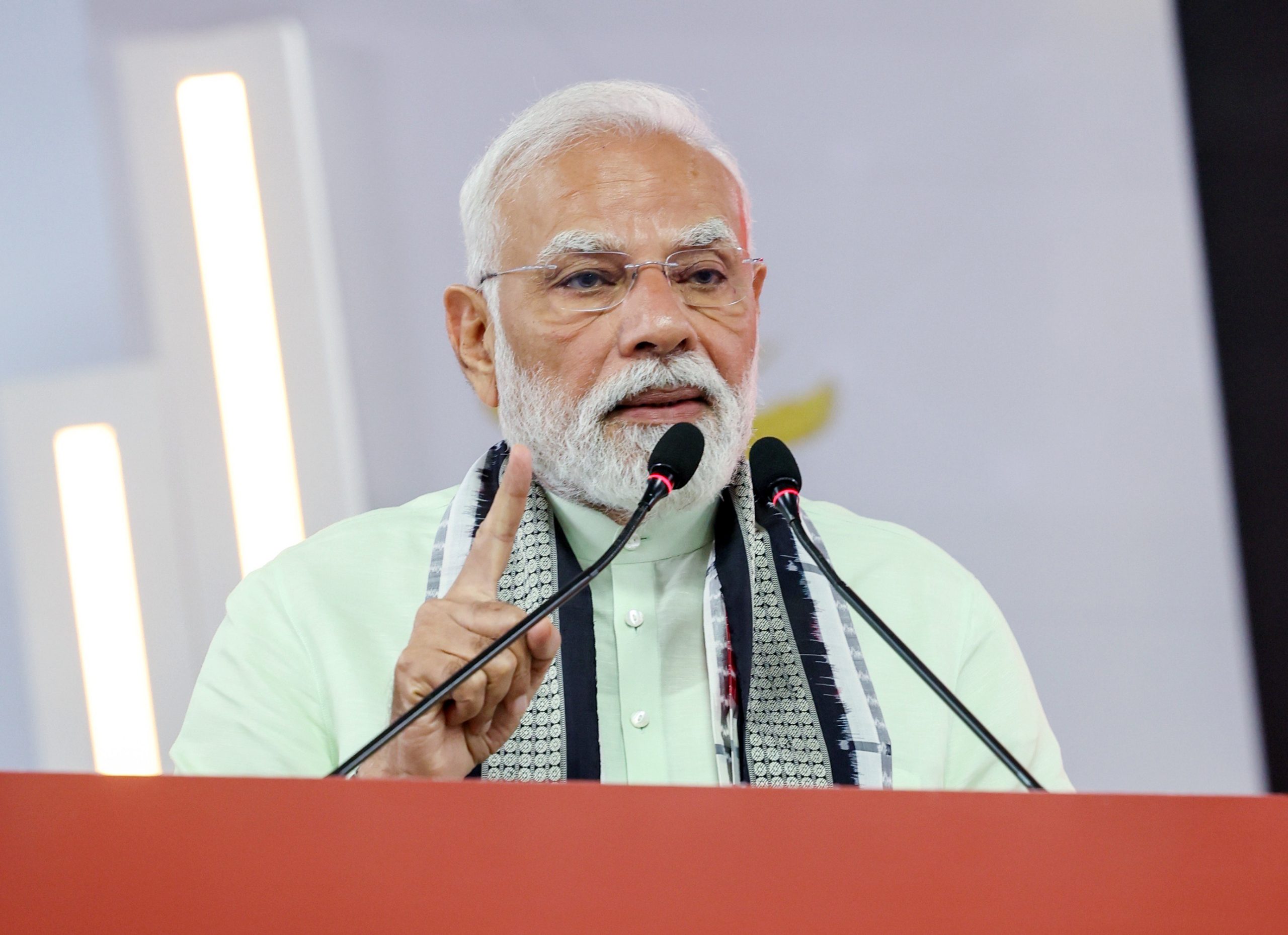Prime Minister Narendra Modi on Friday said that the Blue Economy is central to India’s growth strategy, combining prosperity, sustainability, and national strength.
Responding to an article by Union Minister of State Dr. Jitendra Singh on X, PM Modi highlighted that initiatives such as Sagarmala, Deep Ocean Mission, and Harit Sagar Guidelines are harnessing ocean resources, empowering communities, driving innovation, and strengthening India’s leadership in global ocean governance.
The article noted that with a revised coastline stretching over 11,098 km and a vast Exclusive Economic Zone (EEZ) spanning 2.4 million sq. km, India is uniquely positioned to build a $100 billion growth engine through sustainable use of its ocean resources. This effort is expected to create jobs, support coastal communities, protect marine ecosystems, and boost India’s global maritime presence.
“We are now in Blue Economy 2.0, focusing not only on traditional sectors but also on emerging high-potential areas that will define our future growth,” said Singh.
He highlighted that the Deep Ocean Mission is enabling Indian scientists to explore the deep sea using the Matsya submersible, with the goal of discovering strategic resources and developing cutting-edge technologies. The Sagarmala Programme is modernising ports to make trade more efficient and enhance business competitiveness, while the Pradhan Mantri Matsya Sampada Yojana (PMMSY) is spearheading a “blue revolution” in the fisheries sector, directly benefiting coastal communities.
Singh emphasised that the vision for the Blue Economy extends beyond economic growth. “It empowers people and protects our planet. It includes new opportunities for women’s empowerment by encouraging participation in sustainable fields such as seaweed farming and eco-friendly tourism, creating fresh income streams and giving women a stronger voice in their communities,” he said.
The PMMSY scheme, which marked five years since its launch on September 10, 2020, has been a landmark initiative in transforming India’s fisheries sector. India is now the second-largest fish producer in the world, with record fish production reaching 195 lakh tonnes in 2024–25, up from 141.64 lakh tonnes in 2019–20 — contributing nearly 8% of global fish production.
India’s fisheries exports have also recorded robust growth, rising from ₹46,662.85 crore in 2019–20 to ₹60,524.89 crore in 2023–24, strengthening India’s footprint in the global seafood market.
PMMSY has surpassed its employment targets, creating 58 lakh jobs as of December 2024, against the goal of 55 lakh. It has also empowered 99,018 women, with financial assistance worth ₹4,061.96 crore sanctioned between 2020–21 and 2024–25.
The scheme continues to focus on making India’s fisheries sector ecologically healthy, economically viable, and socially inclusive, addressing critical gaps in production, productivity, quality, technology infusion, and post-harvest infrastructure.
Women’s participation remains a priority, with PMMSY offering up to 60% financial assistance (up to ₹1.5 crore per project) under beneficiary-oriented activities and the entrepreneur model, furthering the goal of gender-inclusive development.
(With inputs from IANS)










